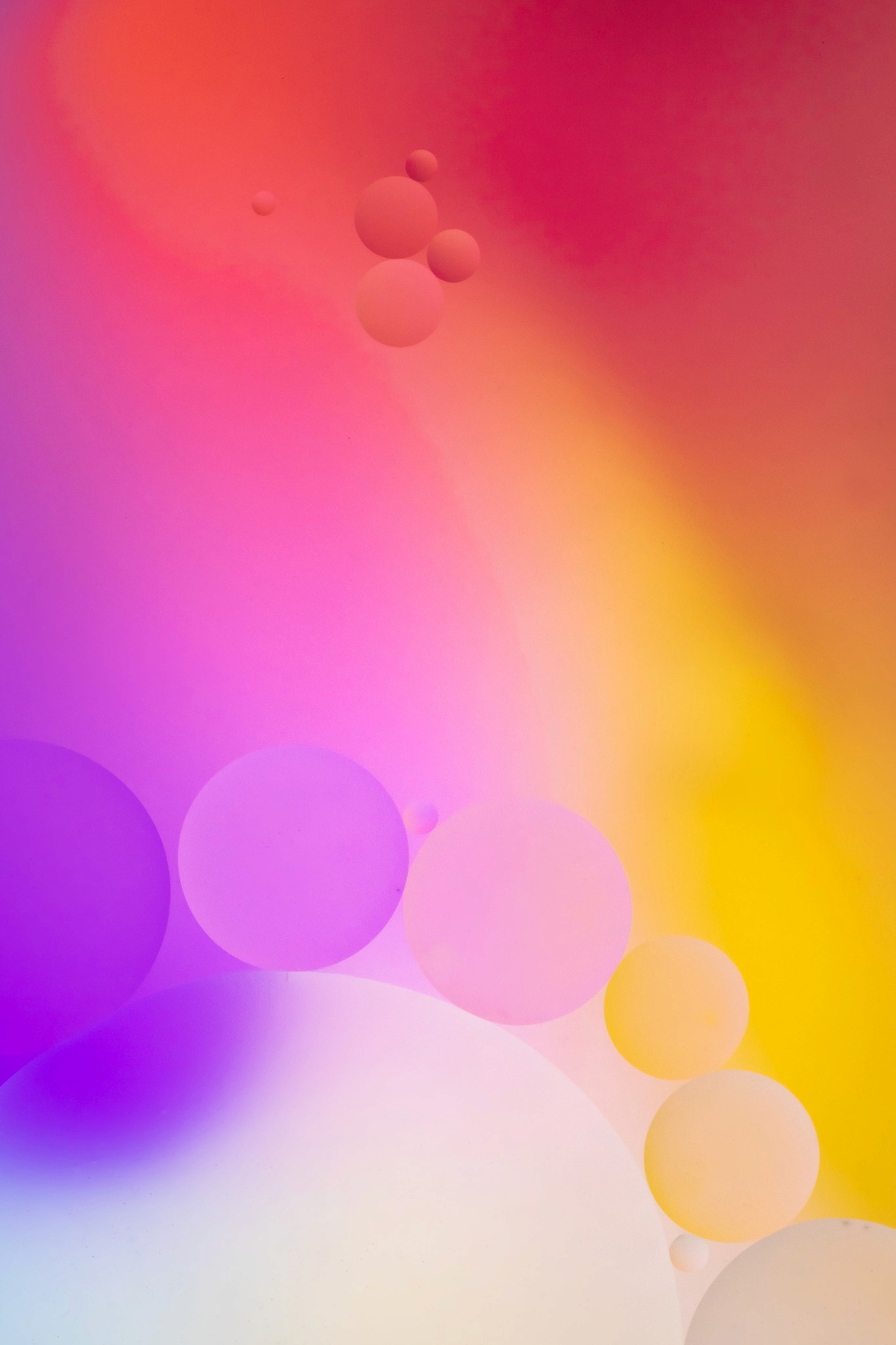Design isn't just about making things look pretty—it's about solving problems through creative thinking. In today's fast-paced digital world, the intersection of design and creativity has become more crucial than ever. Whether you're crafting a user interface or designing a physical space, the fundamental principles remain the same: innovation, functionality, and aesthetic appeal must work in harmony.
Introduction
The greatest designers know that rules exist for a reason, but they also understand when to break them. Consider the work of Philippe Starck or Zaha Hadid—their groundbreaking designs challenged conventional wisdom while maintaining core functional principles. The key is understanding the rules deeply enough to know which ones can be bent or broken for maximum impact.
The Psychology of Creative Spaces
Our environment shapes our creativity more than we realize. Studies have shown that ceiling height, color schemes, and natural light can significantly impact creative thinking. Modern design studios are increasingly incorporating elements like biophilic design, flexible workspaces, and areas for both collaboration and solitude to foster innovation.
Digital Tools vs. Analog Methods
While digital tools have revolutionized the design world, there's still immense value in analog methods. The tactile experience of sketching with pencil and paper can unlock different parts of our creative brain. The most successful designers often combine both approaches, using digital tools for precision and efficiency while maintaining analog practices for ideation and conceptual work.
Cultural Influence on Design Thinking
Design doesn't exist in a vacuum. Cultural context plays a crucial role in how we approach creative problems and what solutions we devise. The rise of global connectivity has led to fascinating fusion designs that blend different cultural aesthetics and problem-solving approaches, creating entirely new design languages.
